University Centre future uses
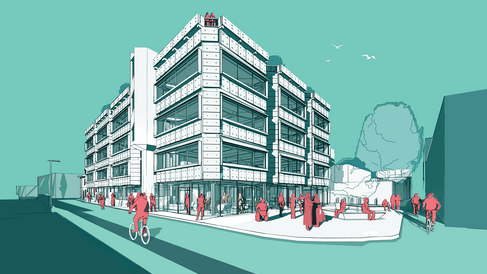
A feasibility study was completed in 2024 to assess potential uses for a refurbished University Centre and guarantee its future.
A survey of members of the University community was completed in spring 2024. Options from the feasibility study are being considered as part of the Reshaping our Estate programme.
The four boxes below show the options that were consulted on. Other combinations of uses are possible and survey feedback will inform the next steps.
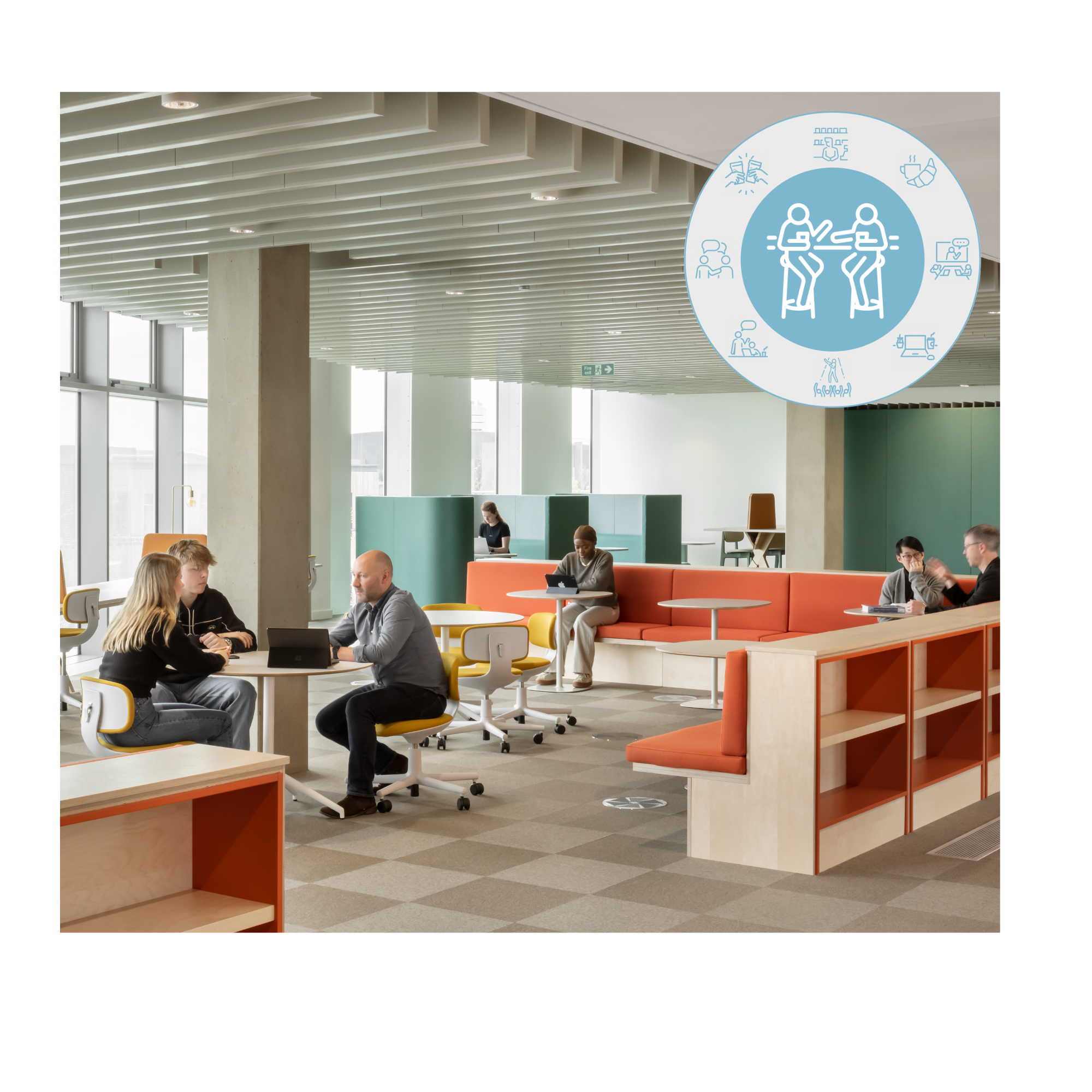 | Multipurpose HubA dynamic communal place for working, learning, dining and connecting with friends, colleagues and industry partners. For: students and alumni; academic and university staff; collaborators from industry; general public This is similar to the West Hub |
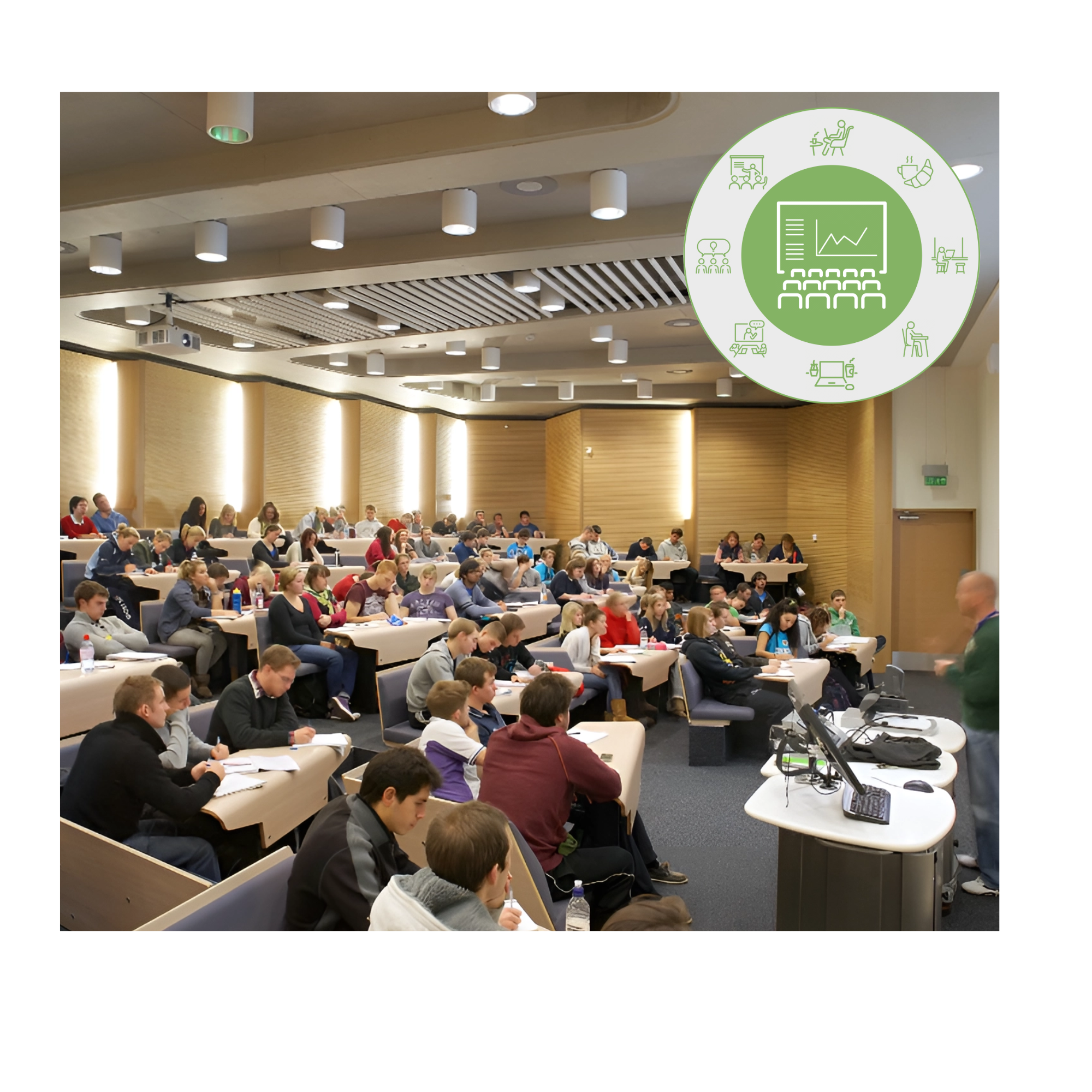 | Teaching HubA dedicated centre for teaching, seminars, lectures, exams and study that addresses the shortfall of centrally located, high quality teaching spaces.
This is similar to the Sidgwick Avenue Lecture Block |
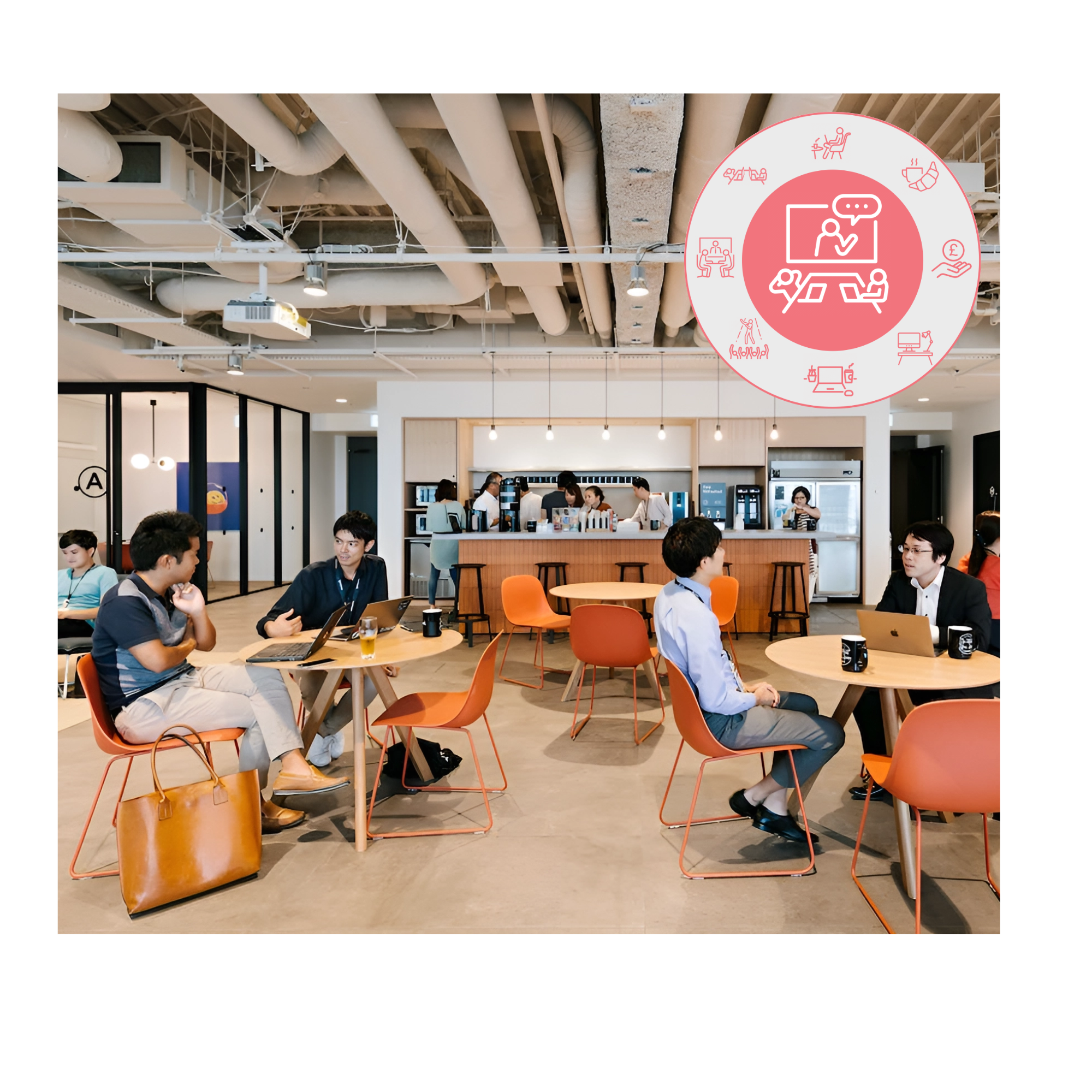 | Mixed workplaceA workplace shared between university staff and entrepreneurs to promote local innovation and generate income for the University. For: university staff; entrepreneurs; commercial occupiers This is similar to the Hauser Forum at Cambridge West |
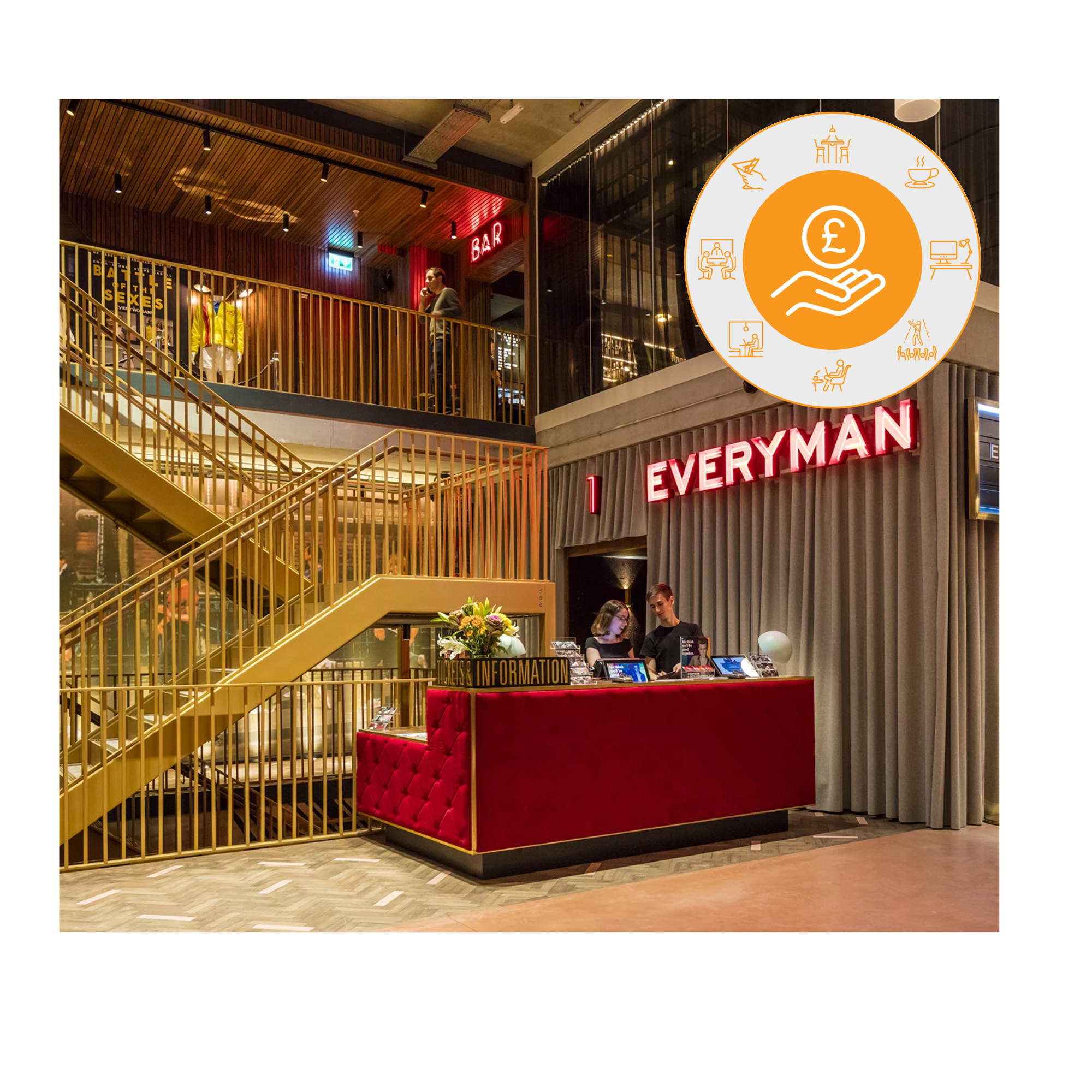 | Commercial useA facility for one or more commercial tenants which would generate income for the University with reduced capital outlay and maintenance.
|
What is the University Centre?
The University Centre was built to provide recreational and meeting space, as well as catering facilities for those within the University community who did not have access to College amenities. Built in 1967 the University Centre is one of finest examples of brutalist architecture in Cambridge. It was built in response to the finding of the Bridges Report, which lamented the lack of facilities for graduate students. The Centre was generously funded by the Wolfson Foundation.
Why are changes needed?
Since its completion almost 60 years ago there has been no significant refurbishment of the University Centre. Extensive refurbishment and upgrades are needed to give the building another 60 years of life. Upgrades will also help us meet our decarbonisation commitments.
Since the Covid pandemic the University Centre has no longer been used as a social and dining hub, with the central kitchen moving to the West Hub. The building is under-used and we want to establish how best to guarantee its long-term future.
What are the opportunities and challenges?
The University Centre is Grade II listed so much of it is protected. We therefore need to work with the existing structure to find proposals that enhance the building and can be delivered effectively using what we have.
Its riverside location in the heart of the city with spectacular views across Cambridge from the upper floors and roof, makes the University Centre a valuable asset within the University Estate.
